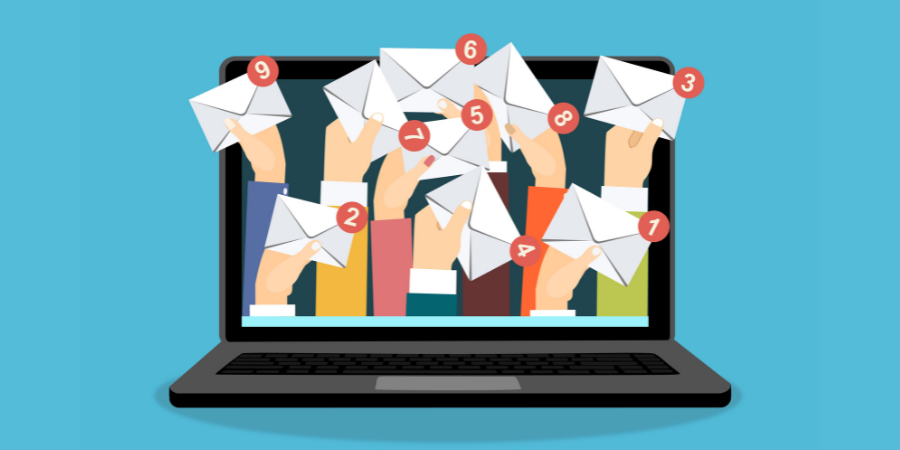
Emails come in many different shapes and sizes – but what works best?
That’s a loaded question! There are plenty of marketers who will tell you that long copy works – even though your personal view doesn’t support that. Do you hate reading those long emails with carrots dangled almost at the end of every paragraph? Yes, me too.
However, I do read some long emails – as long as I find the experience enjoyable.
Does that mean you need to find a way to write compelling long emails? Not at all.
It depends on what the purpose of your email is.
It’s all in the headline
The first challenge for any email marketer is to get people to open the email so your first headline needs to be the subject line. This is the ‘open me’ part – that subject line needs to capture the receiver’s attention and interest or intrigue them enough to click and open it.
However, it’s not the only headline you need. There’s a second headline that comes at the top of the email that gives the reader more reason to actually read on.
Peter Thomson advises that this second headline should tell people who it’s for and what’s in it for them. So the second headline can be quite long and might be something like:
How small business owners can get 5 times more leads in half the time
Or
Are you a dentist who wants to build your private practice by 30%?
Or
The solution every coach needs to keep new clients coming all year round.
You get the idea. This tells people that the message is for them and why they will benefit from reading on.
If your headline is on target, the rest of the email can be as long as it needs to be to elaborate on and explain the information in more detail.
Action stations
Not every email is to sell. If the person you’re sending it to has already bought something, an email campaign may be intended to add value and enhance your reputation and memorability.
It may be that the person has signed up to your list via downloading of your lead magnet and you want to ensure they get maximum value. Your email campaign may contain reminders to read and use the information in their original download – and also additional information of value. If you’re smart you’ll also offer additional ‘paid-for’ value too – but the primary content will be more value-based.
If you’re promoting a product then a clear call to action is important, but try to add value too. Companies like B&Q and HomeServe send out emails containing links to useful blogs full of tips and value, while also promoting whatever their current offer is at the same time.
This kind of value/promotion means fewer people will unsubscribe as they see the value – even if they’re not ready to buy right now.
This isn’t an opportunity to put a very long article – you can tease the value material and send people to your website to read the full article. A one paragraph tip is often enough to add value and create that feeling of reciprocity in the reader.
Long or short?
My advice is to say what you have to say and then stop. Don’t pad out your email with excess verbiage. If you can say it in three lines – do. Your reader will thank you for it – the rule of good writing is to keep it short and simple!
